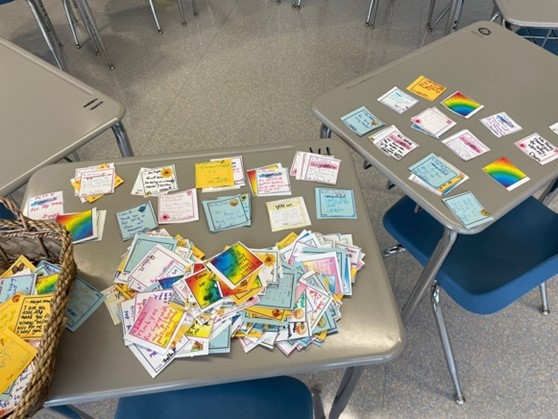New Youth-focused Certificate Program Enhances Counseling Service for Military Children and Youth
The Military & Family Counseling (MFLC) Child/Youth Behavioral (CYB) Program was created to expand supportive services to military families by providing non-medical counseling opportunities to their children. Magellan offers CYB counseling positions only to independently licensed clinicians who possess education and experience in counseling children in age groups and environments similar to those of their MFLC counseling assignment. CYB MFLC services are utilized frequently. During a one-year period (October 2022 – 2023), Magellan CYB MFLC counselors provided approximately 1,071,000 counseling or consultation sessions focused on child issues.
Military life is complex, challenging, and dynamic. The government and Magellan continue to conduct research and identify new issues impacting military children and families. Best practices continue to emerge or be augmented to address difficulties that may negatively impact military children’s functioning levels and wellbeing. To maintain our commitment to providing the highest level of care for our military children, Magellan has developed a voluntary certificate program for CYB MFLC counselors to:
- Build on foundational knowledge of child development theories and emotional, behavioral, and psychological challenges that may occur in each stage,
- Provide information on challenges unique to military children and how they are manifested in day-to-day living, and
- Enhance knowledge and application of evidence-based protocols to address specific internal and environmental factors that may negatively impact healthy childhood development.
The CYB Professional Certificate program is comprised of two tracks and was designed, sponsored, and administered by Magellan to meet the evolving needs of today’s military youth. MFLC counselors may complete one or both tracks depending on professional development interests and learning needs. Completion certificates are available for each track. All training modules within the program are approved for continuing education units (CEU) for maintaining counselor professional certifications.
The goals of this youth-focused counseling training program are to:
- Develop healthy military children,
- Reduce the probability of problem escalation to clinically significant levels and
- Assure service and family members’ readiness and resilience.
The success of the program is dependent on MFLCs’ abilities to provide developmentally appropriate evidence-based interventions that engage and support military children, their families, and others involved in children’s lives. The CYB Certificate Program enhances the level of expertise among CYB MFLCs and the likelihood of positive outcomes among military children/families, thereby meeting or exceeding program goals and ensuring a resilient, ready military workforce.

